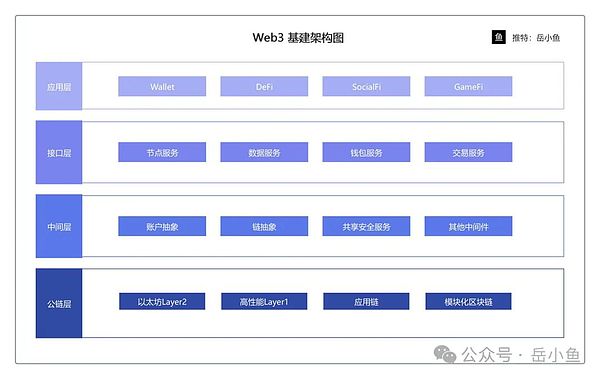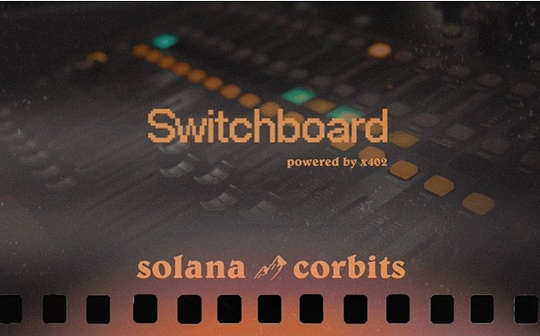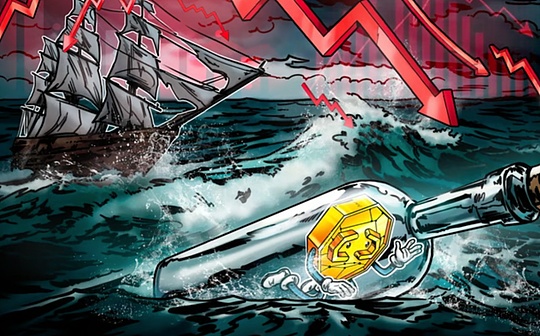
In addition to micro-research projects and participating in transactions, we also need to pay attention to the macro changes and phased progress of the entire industry.
From DeFi Summer (Summer of Decentralized Finance) to Consumer Summer (Summer of Consumer Applications), the transformation from financial applications to wider consumer applications represents the maturity and further popularization of the Web3 industry. Our industry is about to enter.A new stage.
1. Review DeFi Summer
DeFi Summer took place in 2020 and was mainly driven by the maturity of decentralized finance (DeFi) applications.
Protocols such as Curve, Compound, Uniswap, and AAVE are technically mature enough to support large-scale user participation, which is the inherent driving force of the industry.
The more critical external driving force is the global low interest rate environment and the desire for high returns.
The liquidity in the market is very sufficient and requires higher returns, so liquidity pours into the DeFi system.
DeFi Summer provides ordinary users with a new way to participate in financial activities, and at the same time, it further amplifies liquidity through leverage.
As a result, DeFi Summer appeared, such a liquidity explosion in midsummer.
2. What is Consumer Summer
Consumer Summer has shown signs, and the long-awaited Web3 application explosion in our industry is about to appear.
We will see more decentralized applications for ordinary consumers, such as decentralized social networking (users can control their own data and privacy), Web3 games (really realize players own game assets), and decentralized payments (providing transparency)and platforms that reduce transaction fees) and so on.
These applications are not new. We have seen or heard of them before, but why should we re-mentioned them now?
Many applications have not been done in the last round or earlier. One of the key factors is that blockchain infrastructure is immature and cannot host applications that are high-frequency usage scenarios, such as the decentralized content platform “Bihu”.
Ethereum founder Vitalik has made a discussion about this: many interesting projects have started in 2015 and 2016, but by 2020, their development is still limited.A large part of the reason is the transaction fee problem.If these projects want to truly develop and become mainstream applications, they must have the required TPS.
You can imagine if you are a regular social media user and find that there is a novel social media app, but you pay $1, $5, and sometimes $15 for every post or doing anything, thenThis is completely unfeasible.
But for financial applications, this does not constitute a problem.So it’s a pity that many decentralized social and other projects have not survived during the DeFi Summer period.
Now with the improvement of various dimensions such as market demand, technological maturity and user experience, we have now arrived at a critical node for the explosion of consumer-level applications.
When DeFi Summer, various DeFi protocols value TVL (Total Value Locked), while various consumer-level applications in Consumer Summer pay attention to the growth of user base.
Just as there are complex interactions and synergies between different projects during DeFi Summer, Consumer Summer can also see the further development of the Web3 application ecosystem, forming a more complex application network, and promoting growth for each other.
3. The infrastructure layer is preparing
Currently preparing for Consumer Summer in three dimensions:

(1) Public chain layer: Public chain is the soil for application
Ethereum Layer2 has improved performance in disguise for Ethereum, and now Layer2 can be said to be as numerous as a bull.
However, Ethereum Layer2 Morph, which Bitget focuses on supporting, is the first public chain to clearly call for services to consumers, and its focus is mainly on the application layer.
Morph adopts a three-tier growth strategy:
The first level: transform DeFi projects, make traditional DeFi projects easier for ordinary users to contact, and lower the entry threshold for new users.
The second layer: on-chain application scenarios, focusing on how to bring daily users to the chain.
The third layer: payment solution, Morph will launch Morph Pay, which supports fiat currency and crypto payments, simplifies transaction processes, and helps users more easily use blockchain services.
Let’s continue to observe what will eventually grow on consumer-grade public chains like Morph.
(2) Intermediate layer: Various technical middleware provides common services between applications and blockchain
In the middleware layer, the most noteworthy narrative is chain abstraction, and the leader in chain abstraction is Particle Network.
Particle Network has been deepening chain abstract narrative, providing chain abstract middleware, and has launched chain abstract benchmark products such as UniversalX.
When users use blockchain applications, the three most painful problems are: different chains require different wallets, the Gas tokens on each chain are different, and how to cross-chain assets.
Chain abstraction is to extract different chains from common and essential parts, so that users do not need to understand the characteristics of different chains at the bottom, or even cannot perceive the existence of various chains. They only need to use products to fulfill their intentions.
Looking at the development history of Particle Network, from wallet abstraction to account abstraction and then to chain abstraction, its product development is very focused and vertically develops in wallet technology services.
Overall, it is step by step based on existing users and products, solving problems at different stages, and integrating many cutting-edge narratives in the Web3 industry.
Today, Particle Network has expanded to the decentralized exchange business. UniversalX is actually an exchange form and integrates various wallet capabilities.
(3) Development layer: Implemented to the specific application development level
OKX OS is a complete Web3 development solution provided by OKX. The access to public chains and protocols is standardized, greatly reducing the development cycle and cost, including four major scenarios: wallet, DEX, Marketplace, and DeFi.
OKX OS has the most powerful data query capabilities, in-depth analysis of asset, transaction history, project information and other data.It has supported 60+ networks, including popular networks such as EVM, UTXO, Solana, TON, TRON, etc., and also supports cutting-edge ecology such as inscriptions.
What many people don’t know is that many well-known Web3 projects are built using OKX OS-related interfaces.
The most direct feeling of our ordinary C-end users is that the user experience of OKX wallet is very silky, but this is the final effect, and a lot of infrastructure is needed to support it.
OKX has been recognized and successful in the C-end market. In the process of serving C-end users, OKX has accumulated a lot of technical capabilities, especially in processing large-scale data, optimizing transaction processes and providing reliable online services.Significant advantages.
Now OKX has opened up its underlying capabilities to the industry for use. OKX’s success in the C-end market has helped it build trust in the B-end market. Corporate customers believe that OKX can provide stable and reliable services.
OKX has not only become a logo product on the C-end user side, but also an important industry infrastructure on the B-end customer side.
4. Summarize it
There are three core elements of the timing of Consumer Summer: technological maturity, market demand, and user perception.
Our industry has been doing infrastructure in the past few years and has made a lot of preparations in these three dimensions.
We can be prepared to welcome Consumer Summer in 2025. The explosion of the application layer will bring many opportunities to ordinary users. Please participate in this new flow.








